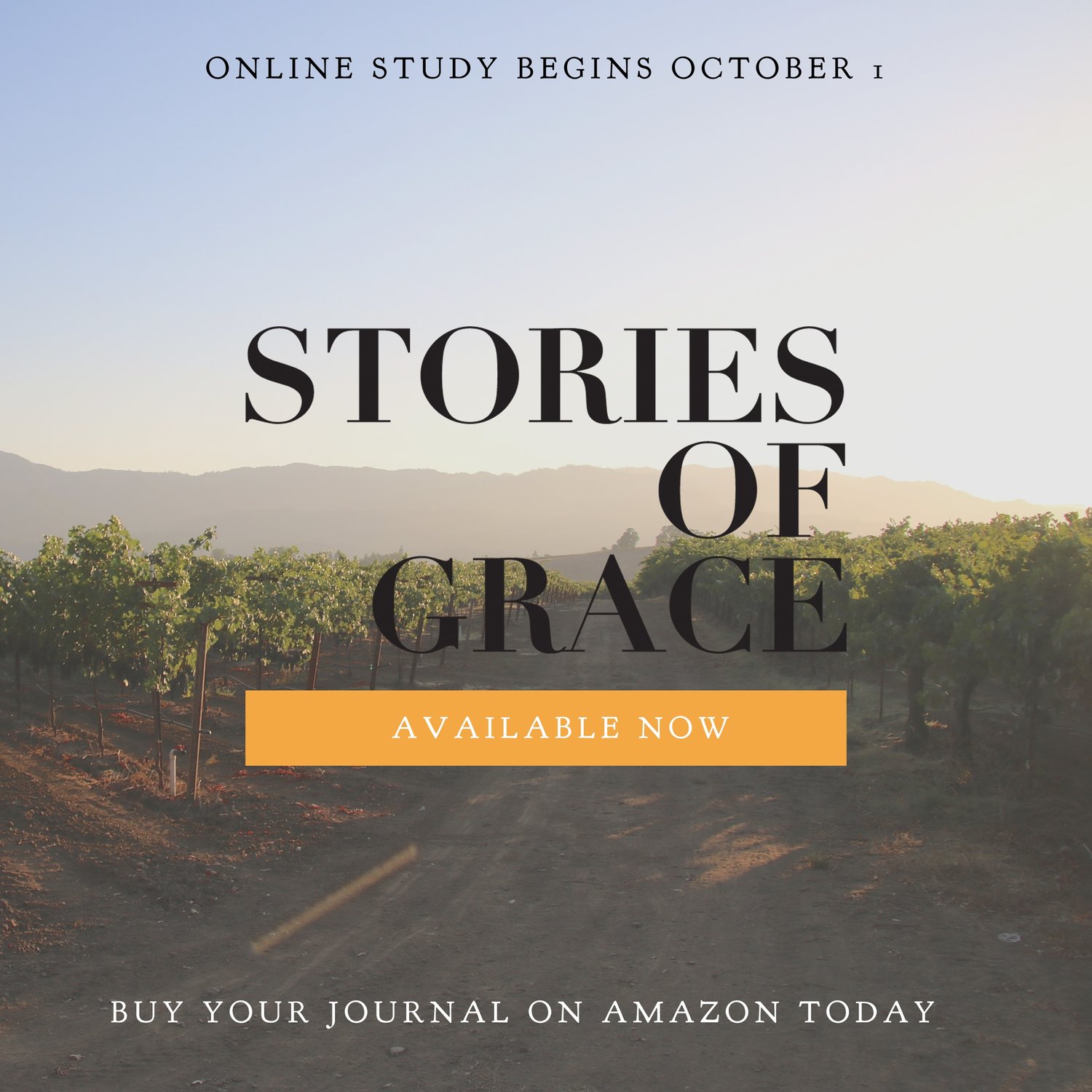On Christmas Trees and Nutcrackers
/Photo credit: Paul Sanford
{{Remember, I've gathered my "Best of Advent and Christmas" into this great bundle. It's a gift to give yourself. }}
When I talked with Sarah earlier this week about immersing ourselves in Advent and Christmas reading during these December weeks, I stressed that the books and activities of the season aren't things I heap on to an already full academic plan. Instead, I apply the principles of a Storybook Year and seize the interest and enthusiasm of my children for the thrilling events of this time of year and just make that what we're learning and doing.
A great example of this in action is this ridiculously intense week of the Nutcracker performances. In the space of two days, there will be 6 performances. For those days, dance will be all we do. But on the days surrounding those days and the days in the afterglow, there's a whole lot to learn away from the stage. (Let me tell you all the things we learned about lace and tulle last week... maybe in another post;-)
This is also the big decorating week around our house. Christmas greens are the best botany lesson of all in December! The week ahead looks downright balmy--perfect for an outdoor adventure.
photo credit: Kristin Foss
So in our house, this is a good week totravel along a Christmas trail and inhale the sweet smells of evergreen along the way. it's also a very good week to take advantage of the total family immersion in the Nutcracker to look at some art and music and storytelling. Remember, the whole idea behind a Storybook year, particularly during seasons of lots of outside-the-box learning (like dance productions), is to seize the enthusiasm and also the "real world" context for what kids are learning, not to kill yourself doing more and more and more.
So, as the tree goes up and the boughs get trimmed and the halls get decked, we can look a little more closely at the greenery. We can learn about coniferous trees and study the botanical information we can glean from looking carefully at Christmas trees: Scots pine (Pinus sylvestris), Douglas fir (Pseudotsuga menziesii), Noble fir (Abies procera), and Norway spruce (Picea abies). Though we have a big brother away at college who really can't breathe in the presence of a pine tree, my bunch at home and I will visit a Christmas tree farm to gather some boughs and cones in order to carefully draw and compare needles and cones. We won't leave them here in the house when Patrick arrives home, though.
photo credit: Mary Beth Foss
There's a lot to be learned in picture books and a whole lot of science waiting to gently happen as you look carefully at Christmas greens. We've had great success teaching basic botany with books like Pine Trees and Golden Field Guides. This week, we're focusing on conifers. Want to come along? Simply read the books with your child and then work your way through together, discussing the concepts, narrating, and drawing. Don't be tempted to leave out the "drawing" step--it really does enhance understanding and retention. For further study, botanical nomenclature cards are a good way to apply the Montessori three period lesson to botany study. These cards can also be used for drawing and labeling.
Ideas for Evergreen Reading:
Suggested Books for Read-Alouds and Narrations (These are to be narrated both verbally and artistically. For the younger children it is often fun to keyboard an oral narration for them and then ask the child to illustrate the printed page.)
Why Christmas Trees Aren't Perfect
photo credit: Paul Sanford (This one's from last year. Don't blink;-)
Writing :
You may want to begin to explore The Fairy Tale Christmas book. There is more than enough material here for December and January. Since this week is Nutcracker week for the Foss family, we'll read the story of The Nutcracker in The Fairy Tale Christmas book. Older children can really explore the complexity of the story in the long version in this great book, illustrated by Maurice Sendak. We can all read this Susan Jeffer's edition and discuss the notes about the story which the author of Fairy Tale Christmas has made. The older children will write critical papers discussing the story. Everyone will draw and illustrate The Nutcracker. Alternatively, use a story from Andrew Lang's Fairy Books or Hans Christian Andersen's Fairy Tales or Grimm's Fairy Tales. For younger children, mom keyboards as the children tell the story. Older children are encouraged to write or keyboard for themselves. An older child's story is a great place for proofreading and editing practice. Younger children love to see their stories printed. All children should illustrate their stories. Stories written by younger children can be used for reading practice. To illustrate those stories, we'll learn how to draw a nutcracker
We also thoroughly enjoyed giggling over Talulah's Nutcracker and Angelina's Nutcracker.
Serendipi-Tea Time
Nutcracker music is likely to be heard at the Foss home during tea time this week. And we'll test out some of these recipes for sweet treats:
Sugarplums
Arabian Coffee
Snow cookies













